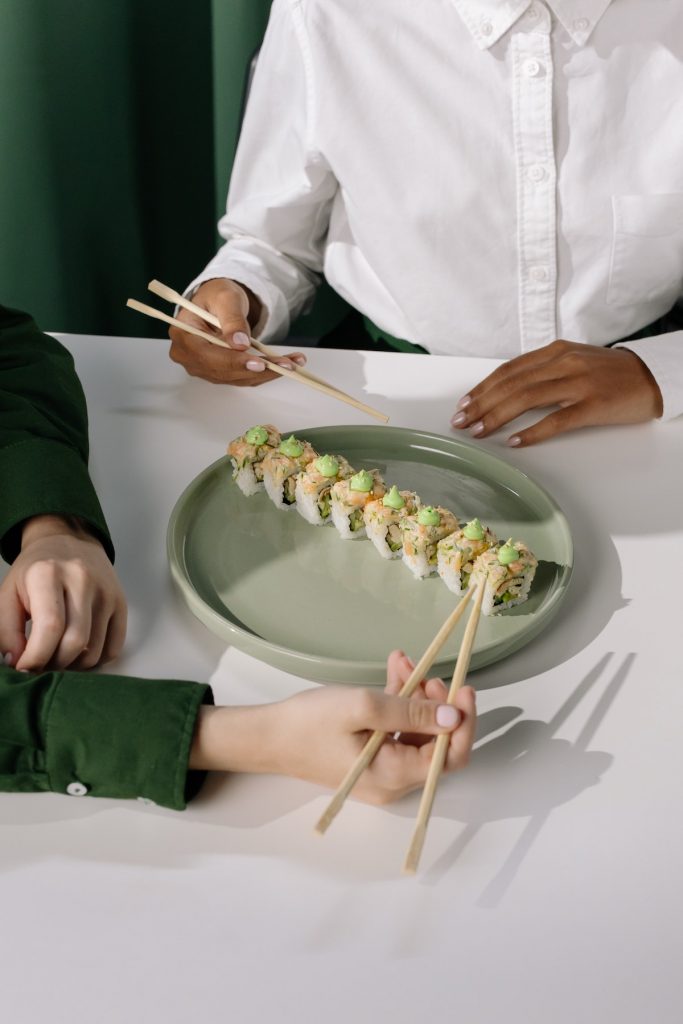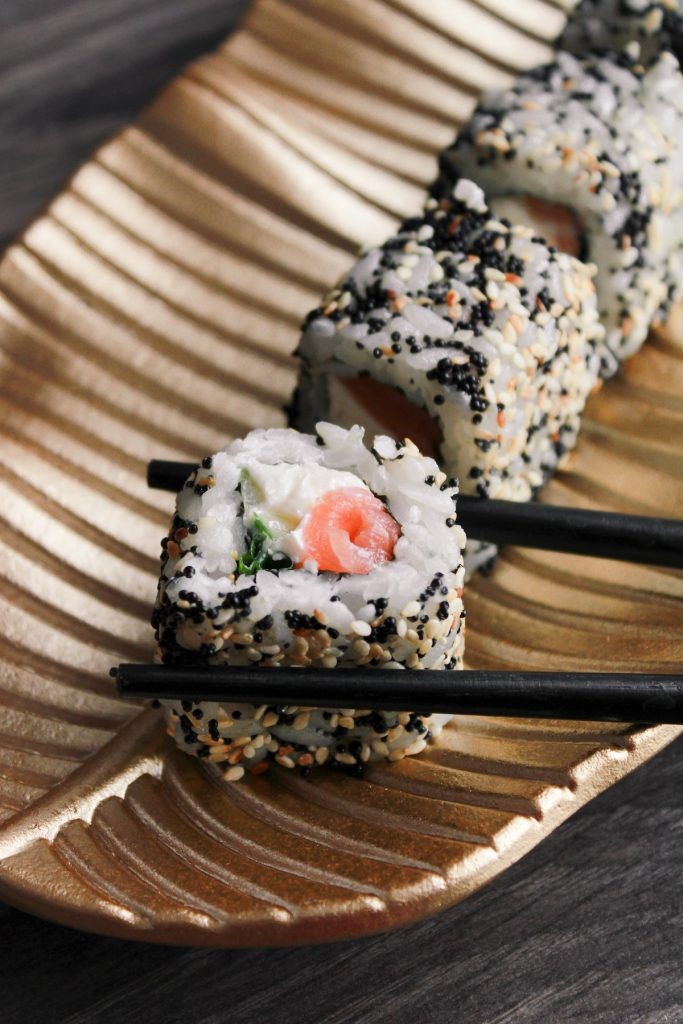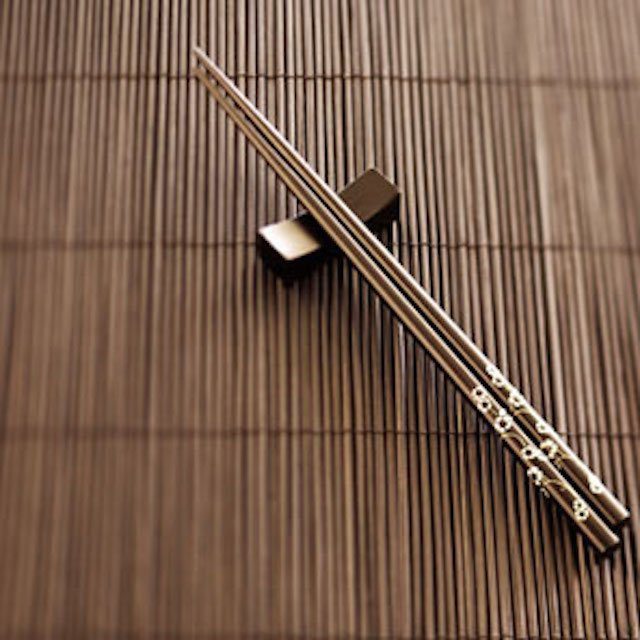You, Will, Think You Never Knew Sushi after reading this.

Let’s Track the Fascinating Evolution of This Centuries-Old Dish
In the USA, it might seem like sushi has undergone a lightning-fast evolution. After all, just a few decades ago, sushi was something of a novelty dish, seen in only a handful of big cities. Now you can find sushi bars in every corner of the country, and pre-made sushi rolls in just about every supermarket. This delicious dish’s evolution goes way beyond the past few decades, however. This ancient dish has a fascinating history.
Sushi’s Origins
While sushi is arguably Japan’s most iconic dish (with ramen coming in at a close second) many scholars trace its origins to China. A Chinese dictionary from the 4th Century A.D. describes the process of placing fish in fermented rice. As the rice fermented, the acids it produced would kill any harmful bacteria on the fish. Essentially, the fish was pickled in cooked rice. Sushi, then, was a way of preserving fish, long before refrigerators were invented.

Sushi’s Trip To Japan
It is believed that sushi was introduced to Japan in the 9th Century A.D. In the beginning, sushi owed its popularity to the spread of Buddhism. Because many Buddhists abstained from eating meat, fish was the primary protein, and fermented fish with rice quickly became a Japanese staple. Originally, sushi was a labor-intensive and time-consuming dish, taking up to six months to properly ferment.
Modern Sushi
The type of sushi that so most of us foodies know and love today came along much more recently. I am referring to the vinegary rice balls topped with raw fish, a type of sushi known as nigiri. Nigiri is believed to have been developed in Edo (now Tokyo) in the early 19th Century. In the 1820s, a pioneering food vendor named Hanaya Yohei set up a food stall in the heart of Edo. He added salt and rice vinegar to his cooked rice, allowing it to ferment quickly. He also used fresh fish, recently caught from the nearby bay, so that the fish itself did not need to be fermented. Many consider Yohei to be the first modern “sushi chef.”
The First Sushi Bars
Vendors who followed Yohei’s lead set up sushi carts (known as “yatai”) all around Edo. Then, in 1923, an earthquake struck the city – which had changed its name to Tokyo – and land values plummeted. This allowed many cart vendors to buy land and set up shop indoors, in the cozy sushi bars that dot the world today. By the 1950s, sushi carts had all but disappeared from Tokyo.
Sushi Comes to America
The first American sushi bar opened up – fittingly – in Los Angeles’ Little Tokyo district in the 1960s. Due to the area’s large Japanese population, and status as a Pacific port city – sushi quickly became popular in Southern California. From there it spread to other major cities – like New York and Chicago – in the 1970s. Advances in shipping and refrigeration allowed sushi to be shipped across the Pacific, to hungry diners across the U.S. And now, of course, it’s just about everywhere. But there is still nothing like eating a delicate piece of fresh-from-the-water tuna over perfectly cooked rice at a sushi bar in Japan.

If you enjoyed this article or have suggestions on how we can improve it, please leave us a comment below. Also, make sure to check out other articles I’ve created or stories I’ve written about food culture – here.








